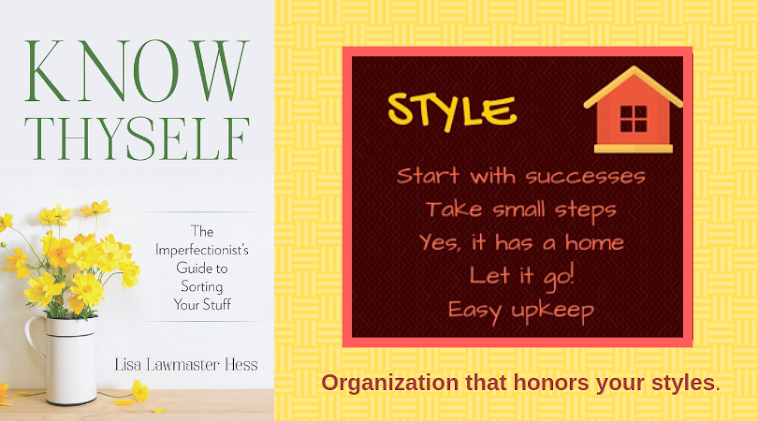 |
| Dodgerton Skillhause via Morguefile |
As an I need to see it/drop and run person with tendencies for both procrastination and perfectionism, I need to create systems that are visual, flexible and one-step. I need to limit the number of places where I allow things to pile up. Keeping all of these guidelines in mind may not keep me perfectly organized, but it helps me fine tune my systems by leading me to use what works and rule out what doesn't.
In the mood for a tune up? Here are a few questions to ask yourself.
What are my styles? Have you narrowed down your styles to one dominant personal style and one dominant organizational style, or are you still dabbling in several? Do your styles change from work to home and back again? Do you default to one style for one task and another for others? Organizing by STYLE isn't about cementing answers. It's about doing what works, even if what works isn't always the same thing.
Which part(s) of my styles are most salient? My I need to see it personal style dominates my drop and run organizational style. All of my systems exist to make it as easy to put things away as it is to put them down. But, if I can find a way to put something away and still keep it in sight? Ahh. That's a component of the system that works every time and on every level. It keeps surfaces clear, things organized and me on top of things.
What personality traits facilitate these, or get in the way? Unfortunately, my drop and run organizational style goes hand-in-hand with my tendency to procrastinate. Finding systems that make it easy for me to drop something where it belongs helps me to get past the urge to wait until later to put things away. And, although I'll never reach my unreachable goal of being perfectly organized, the desire to strive for it nudges me consistently toward new ideas and systems that reduce clutter, piles and frustration.
How about you? What are the finer points at the root of your styles?









